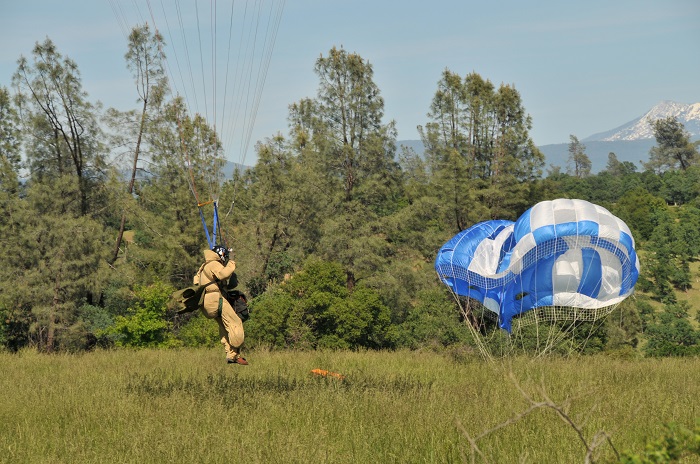Truth in Materials Requires Research for Disney Planes: Fire and Rescue
Each time I attend a Disney junket I am most excited to learn about the research behind the film. John Lasseter requires that they have “truth in materials” so every piece of the movie is thoroughly analyzed and studied. I pretty much love this. Research is definitely something I get into… and it makes for a movie that completely draws you in. In animation, you almost forget you are watching a “cartoon.”
Disney Planes: Fire and Rescue
Disney Planes: Fire and Rescue is one of those movies. Once you look past the planes and cars that can talk, you have a very real, but animated, story. After sitting down and talking with Paul Gerard (Director or Creative Development) and Jeff Howard (Co-Writer) of the film, we were able to get a pretty in-depth look at the research that went into making Planes: Fire and Rescue.

In order to fully understand the way that CAL-Fire works, the team spent time with them in the field. In fact, the day they arrived at Yellowstone for research, there were already 4 fires going on around the park. The team learned that there are about 5,600 fires every year in California alone. That is JUST California. Even while the artists were there to observe, the rescue team had to leave to fight a fire. Oh, and the leading cause of most of the forest fires? Lightning. This will come into play in the movie, by the way.

As I mentioned, the team went to Yellowstone and other national parks to do their recon. Piston Park, featured in the movie, is based on Yellowstone National Park. The landscape provides much of the inspiration for the scenery found in Planes: Fire and Rescue. For example, the Old Faithful Inn inspired the design of the lodge you see in the film. The artists were even allowed to head into the Crow’s Nest to get a look from there. Studying the sprinklers atop the building gave them just the perspective for the final cut of the movie. Every detail was well researched, thought out, and then put into action.

Not only was the scenery brought into the movie, but the Jammers that act as tour buses at the park found their way into the film as well. Observing the Smokejumpers at the Forest Service smokejumper base in Redding gave the artists the direction they needed to animate these characters. For instance, you have to look before you jump out of a plane into a forest fire. Therefore, the team wanted to make sure their smokejumpers had the all clear before they could jump. It all goes back to the “truth in materials” in every part of what they do.

Other organizations they reached out to included Grass Valley and LA County Fire. One particular individual instrumental in the research area of the movie was Chuck Aaron. He is an aerobatic helicopter pilot and one of only two pilots (he taught the other one) that can do a “Chuckcilvak.” What is that? He basically flies the helicopter upside down! What?! Crazy but true! Paul and Jeff even got to take a ride and saw exactly what that felt like. Quite a good story for at least one of them. Ha! This pilot helped develop the maneuvers Blade Ranger must perform during the movie.

Of course, not only were there helicopters involved, but airplanes as well. Even Dusty’s plane has to go through some alterations in order to become equipped for fighting fires. One of the facts the team learned was that almost all of the aircraft and a lot of the equipment used to fight fires has been repurposed. Only Dipper’s plane is the type built specifically for fighting fires. Her character is based on the CL-415 water scooping air tanker and can gather water in 12 seconds. The rest of the aircraft and equipment helped to further develop a theme of second chances.
After learning and discovering the terminology, proper commands, aircraft, equipment, and other necessary elements of fighting fires, the research team was ready to get to the drawing board. The artists, such as Art Hernandez, had touched the planes and felt the fire fighting “mud” to fully understand what it is and how it works. These guys and gals want to be as accurate as possible… and it shows in the movie.

Take a look and experience the facts in film when you watch Disney Planes: Fire and Rescue.
What do you like about their truth in materials research?
Watch for more interviews and updates about the movie coming. Disney Planes: Fire and Rescue comes to theaters everywhere on July 18th. Learn more about the movie by liking Disney Planes on Facebook and following the #FireAndRescueEvent hashtag on Twitter.



